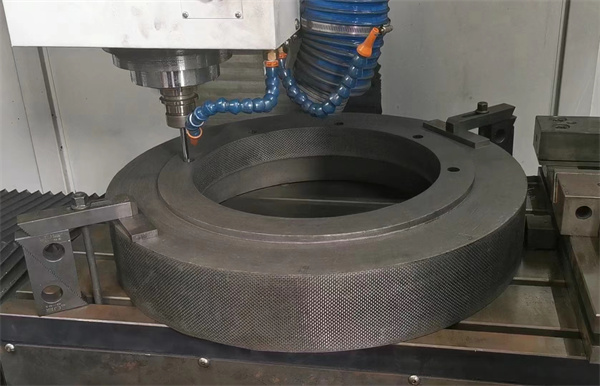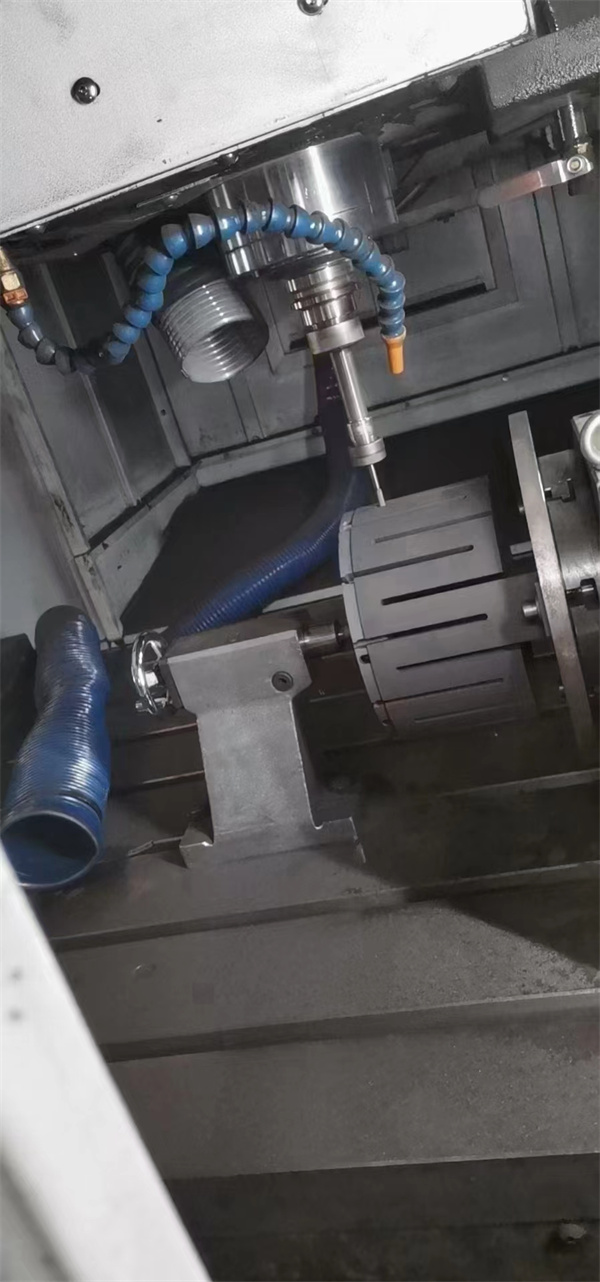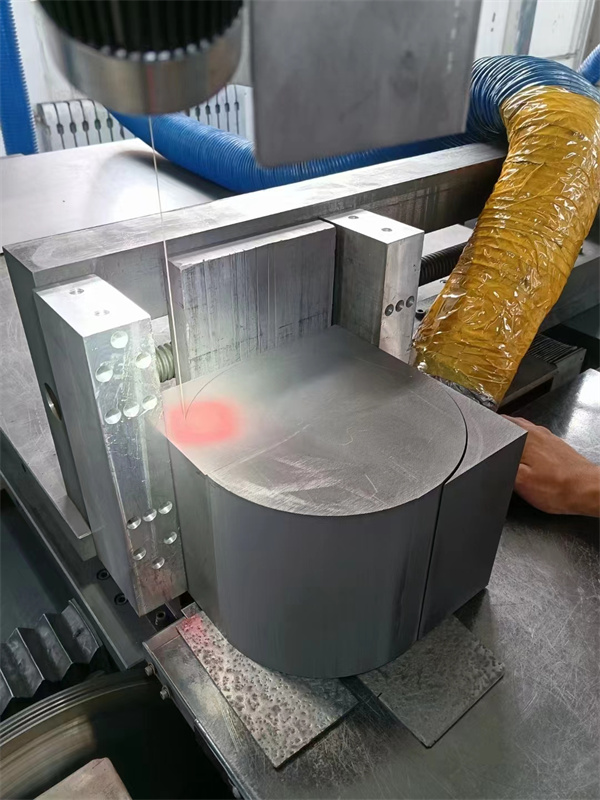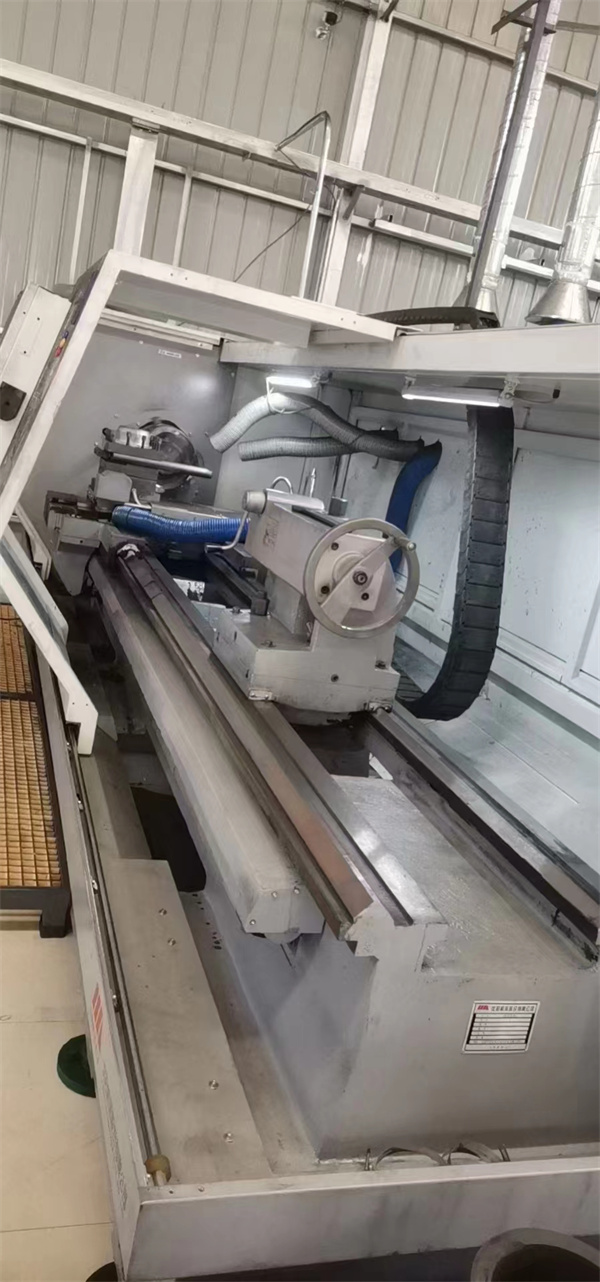Email: info@karssenmetal.com Tel: +86 18147353336
The traditional processing methods of graphite include turning, milling, grinding, sawing, etc., but they can only achieve electrode processing with simple shapes and low precision. With the development and application of high-speed graphite machining centers, cutting tools and related supporting technologies, these traditional machining methods have been gradually replaced by high-speed machining technologies. The high-speed graphite machining center adopts high-speed milling technology with high machining accuracy and high surface quality, which spindle speed is usually 10000~60000r/min, the feeding speed can reach 60m/min, the processing wall thickness can be less than 0.2mm, and the minimum fillet can be less than R 0.2mm, is the main means to achieve high-efficiency and high-precision processing of graphite with high surface processing quality and high processing accuracy,. With the rapid development of mold forming and manufacturing technology, the product structure of the mold industry has also begun to develop rapidly in the direction of large-scale, precise, complex and high-efficiency. The demand for graphite molds with precise and fine structures such as deep grooves, narrow slits and micro-holes has increased sharply, which also puts forward huge demands and higher and newer requirements for the high-speed processing technology for manufacturing sophisticated and complex graphite electrode molds.

High-performance graphite is a heterogeneous brittle material with microscopic defects, characterized by structural inhomogeneity and porosity. Its high-speed machining process is different from the high-speed machining of metal, stone and ceramics, and also different from wood processing, and has the following characteristics:
1. The cutter is severely worn.
Graphite chips produced during high-speed milling are usually granular fine dusts, which are easy to scatter, accumulate and adhere to the front and rear rake faces and machined surfaces even with a powerful dust collection system, together with the graphite material to be processed, they has a severe friction effect on the cutting tool, therefore, the tool wear and damage of graphite cutting processing is very serious. Usually, the tool cost caused by tool wear accounts for more than 1/3 of the total processing cost, and at the same time, it is difficult to guarantee the dimensional accuracy and surface quality of the workpiece.
2. Small cutting force.
The crystal structure of graphite materials has microcrystalline defects such as vacancies, dislocations and heteroatoms, which make the actual strength of the graphite material much lower than its theoretical strength. During cutting, graphite materials are prone to micro-cracks under the action of local stress, or micro-cracks are generated due to the existence of internal or surface defects of the material. The cracks can expand under small stress to break the material and become chips. The cutting force of graphite high-speed machining is relatively small.

3. The cutting force is fluctuating.
Graphite material is brittle. There is no plastic deformation stage in stretching at room temperature, but brittle fracture occurs immediately after a small elastic deformation. The brittle fracture failure characteristic is the main reason for the fluctuation of graphite cutting force. In addition, the structural composition of graphite materials is not uniform and there are microscopic defects, which also make graphite cutting unstable, resulting in the fluctuation of cutting force. Tools used for high-speed machining of graphite must have good shock and vibration resistance.
4. It is difficult to obtain a smooth machined surface when processing graphite materials.
When cutting graphite materials, the tool does not simply exfoliate the surface of the graphite to be machined, but has the effect of impacting, crushing and exfoliating the structure of the material surface. Therefore, graphite cutting produces broken particles of different sizes, rather than band-shaped chips that show plastic flow when cutting metal materials, and the machined surface is uneven.

5. Graphite electrodes are prone to edge collapse.
High-performance graphite is brittle material. During the machining process, the change of the milling direction of the surface fillet or corner, the sudden change of the acceleration of the machine tool, the direction and angle of the cutting and cutting of the tool, extremely small cutting vibration, tool wear and damage, etc., all of them may cause the tool to produce impact load on the graphite electrode, which may cause brittle collapse of the edges and corners.
6. A large amount of graphite dust is generated during the cutting process.
Graphite dust not only pollutes the environment and affects the health of operators, but also causes certain wear and tear on machine tool components. Therefore, machine tools that cut graphite electrodes must be equipped with efficient dust collection equipment.

Isostatic graphite blocks are an important graph
Graphite rotor belongs to graphite material, whi
Graphite sheets have many important roles in the
Contact: Bateer
Phone: +86 18147353336
Tel: +86 18147353336
Email: info@karssenmetal.com
Add: Room D204-2203, Innovation Building, Baotou Light Industry Vocational Technical College, 19 Jianhua Road, Qingshan District, Baotou City, Inner Mongolia, China.